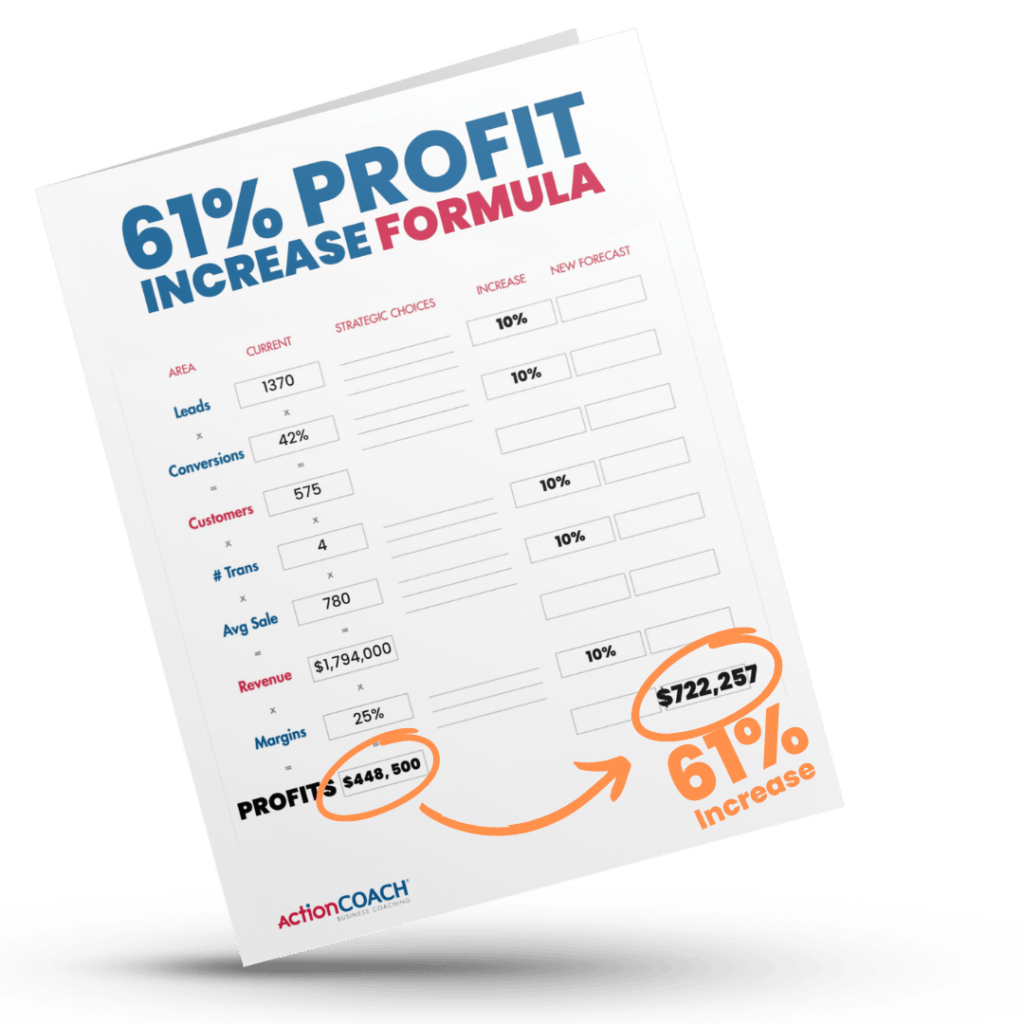The Bank of Canada has decided to keep the benchmark interest rate at five percent due to signs of a slowing economy. This decision gives some stability for business owners, but they must stay ready for possible interest rate increases in the future. They should be adaptable and resilient in case they need to change their borrowing plans.
What this means for Business Owners
We’re here to help you navigate the recent decision by the Bank of Canada to keep its benchmark interest rate steady at 5%. This is a crucial moment for your business, and it’s essential to assess the opportunities and risks that lie ahead. Let’s dive into what this means for you and your entrepreneurial journey.
Cost of Borrowing: At a basic level, the interest rate set by the BoC affects the rate at which commercial banks lend money to consumers and businesses. A rate of 5% is comparatively high in a historical context (considering the very low rates following the 2008 crisis and during the COVID-19 pandemic). Thus, borrowing money for business operations or expansions will be more expensive, and business owners might be more cautious about taking on new debt.
Consumer Spending: High-interest rates often lead to decreased consumer spending. As borrowing becomes more expensive, consumers might cut back on purchases, especially for big-ticket items often financed with credit, like cars or homes. For businesses that rely on consumer spending, this could result in reduced sales.
Investment Decisions: A steady interest rate can provide a sense of stability. If business owners believe the rate will stay consistent, they can make investment decisions with a clearer picture of future financing costs.
Currency Value: Higher interest rates tend to attract foreign capital looking for the best return, which can drive up the value of the Canadian dollar. A stronger dollar can make Canadian exports more expensive for foreign buyers, potentially hurting businesses that rely on exporting goods or services. Conversely, it makes imports cheaper, which might benefit businesses that rely on imported goods.
Business Opportunities
Refinancing: If businesses had previously borrowed when rates were higher, there might be an opportunity to refinance existing loans at this steady rate, especially if there’s anticipation rates might increase in the future.
Capital-Intensive Ventures: Businesses not reliant on immediate consumer spending, but rather on long-term capital growth, might still find it an opportune time to invest, given the predictability of the rate.
Import-Based Business Advantage: As mentioned, a higher interest rate might lead to a stronger Canadian dollar, making imports cheaper. This is an opportunity for businesses that rely on imported goods or services to possibly lower their costs.
Niche Markets: Not all sectors respond to interest rate changes in the same way. If a business caters to a niche market or offers premium products and services to a more affluent segment of the population, it might be insulated from a potential decrease in broader consumer spending.
In essence, dear business owners, the decision by the Bank of Canada to maintain interest rates at the current level signals the central bank’s cautious approach to a cooling economy. Business owners should remain vigilant, assess the implications for their specific industry, and make informed decisions to adapt to changing economic conditions and maintain resilience in their operations.
Remember, we’re here to support you on this journey. If you have questions or need guidance, feel free to reach out. Together, we’ll make the most of these opportunities and navigate the risks with confidence.
Your success is our top priority!

